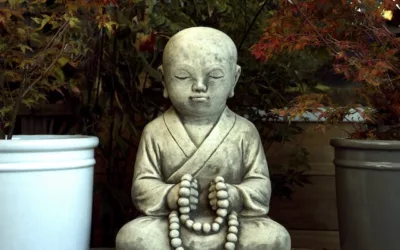Successful Coaching
Successful coaching, discipline, and hard work are the secrets behind the champions. There is no limit to learning in cricket. The game of cricket is so vast and complex. It doesn’t matter how long you are involved in cricket and what level you have reached as a player or coach. There is always something new to learn in cricket.
I am always aware of this in my coaching. Consequently, I always sought opportunities to learn about the game. To become a better coach, I always sought the secrets of building a champion team. I have been fortunate to have rubbed shoulders with some prominent coaches. In the pursuit of my goals, I am blessed to get in contact with world-class coaches like Paddy Upton, Dave Nosworthy, and Gary Kirsten.
In coaching, it is crucial to building good relationships with players. A good relationship between players and coaches establishes trust. This trust results in a positive team atmosphere. Players will back each other and they will start accepting responsibility. The relationship between the captain & coach is crucial for building a successful team. In this respect, the coach should have complete faith in their captain. The coach makes it clear that the team captain is in charge on the field. To help to make a successful captain, the coach should seek opportunities to boost the captain’s confidence. If your captain is confident, then it is highly likely that you will have a team who are confident.
There is an example of the confidence of the captain.
The Pakistan cricket team took their confidence from their self-assured captain, Imran Khan. This confidence helped them to win the 1992 Cricket World Cup.
Dave Nosworthy, a mentor to me, taught me the importance of 1 on 1 coaching and group coaching. In these situations, the coach can spend more time individually with the player. It is important to spend enough time with players individually. Every player is different & the coach should attempt to get to know each player and what motivates him/her. The coach should know how to work with different types of personalities. It helps to get the best from them. In this respect, one-to-one coaching is essential.
Many teams just rely on their player’s instincts and natural talent to obtain success. But to make a champion team, I believe that oriented team culture is vital. A good coach is always concerned about his players’ growth and success. All coaches have a different styles of coaching. I believe that the first step of successful coaching is player growth then, performance growth. A good coach always becomes a good friend to a player. He tells his player about his weakness in one-to-one meetings. In this way, a player does not have to face criticism in front of teammates. It is never a good idea for a coach to shout at a player in front of the team. If his fitness or fielding is poor, you should meet him for coffee and explain your expectations.
Gary Kirsten India’s coaching Experience
I remember listening to Gary Kristen at one of his seminars. He was speaking about his coaching experience in India. Before coaching team India, he had no experience in international coaching. Gary was coaching at his academy. He mentioned that it was a very challenging task, the true leadership and man management helped him. He does not believe in criticism. Gary always backs his players, and this is probably the biggest difference between him and other coaches. Gary always reminds his players about their strengths.
You cannot earn respect with power and position. You have to look after your players on and off the field. Your players should believe in you. It will not happen immediately. But when the players look at your work and dedication, they will come to respect you & good results will follow.
Five things are critical to successful cricket coaching. We call them the five Cs:
Communication-Make sure that you communicate effectively, with your Captain, your team, and individuals within the team.
Clarity-Keep your communication simple and to the point, ensuring that your message is clear.
Collaboration-Work together with individuals, the other coaches, your captain, and individuals within the team.
Commitment-Always be fully committed to your work as a coach. Learn to love hard work, it will gain you respect.
Culture- Try to build a happy team culture. Maintain perspective & remember as much as you want to win and as much as striving to win. It is only a game and it is primarily played for enjoyment.




